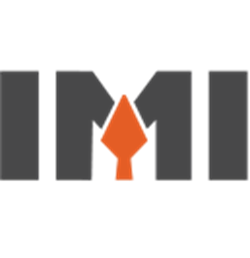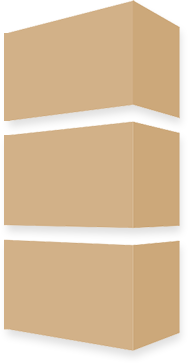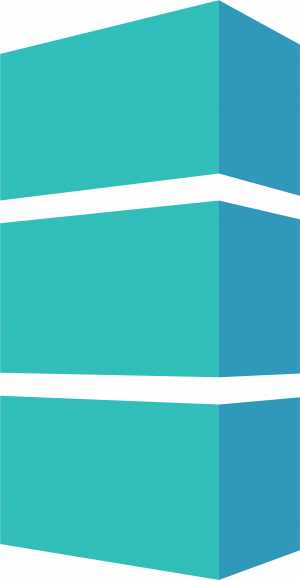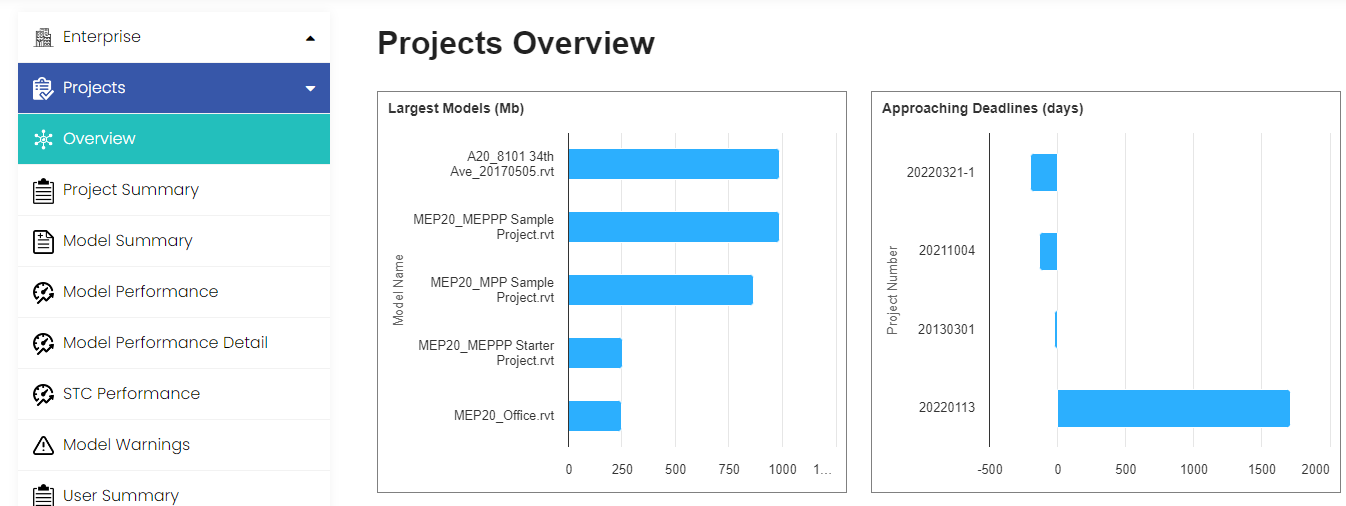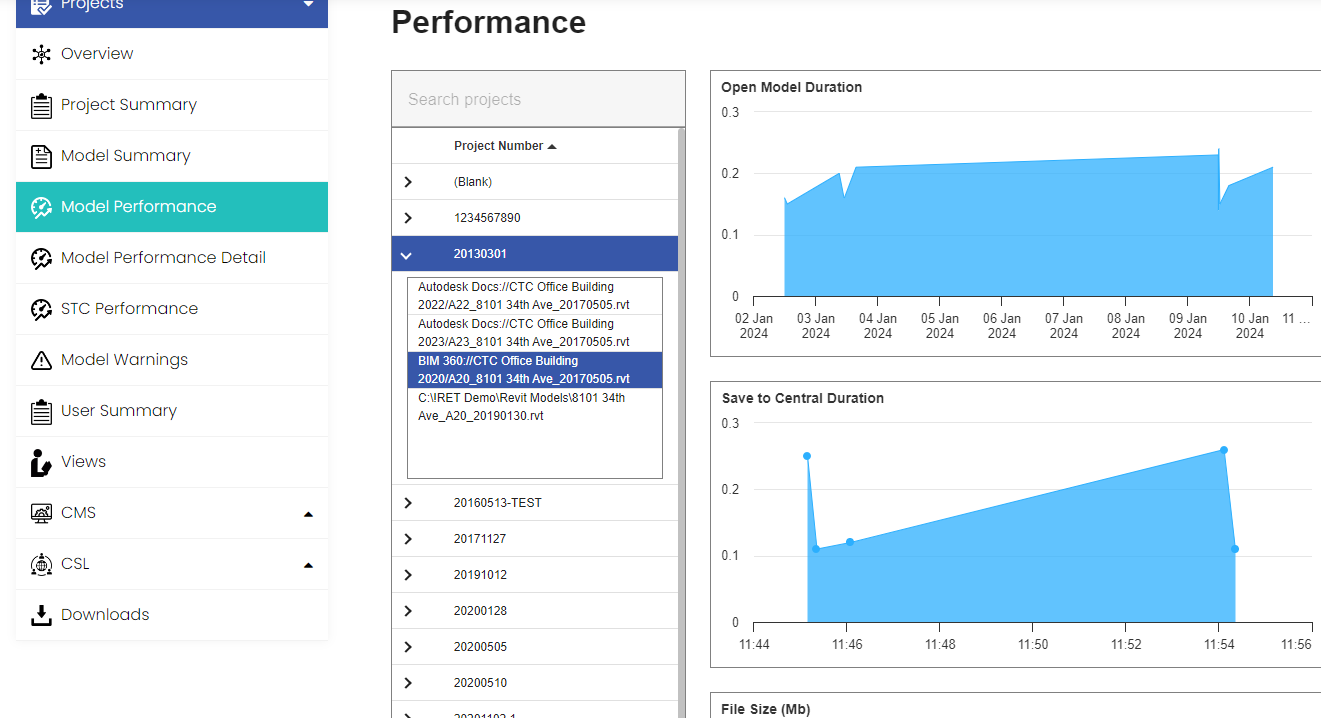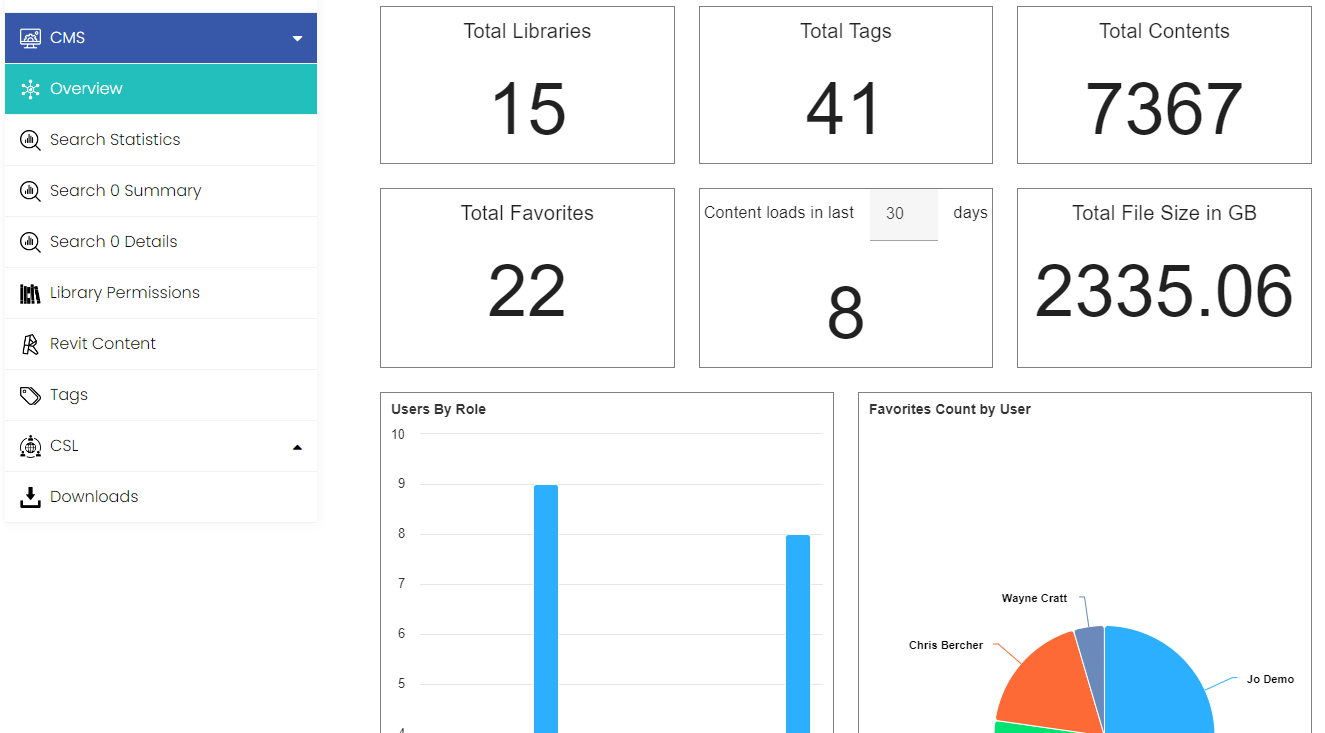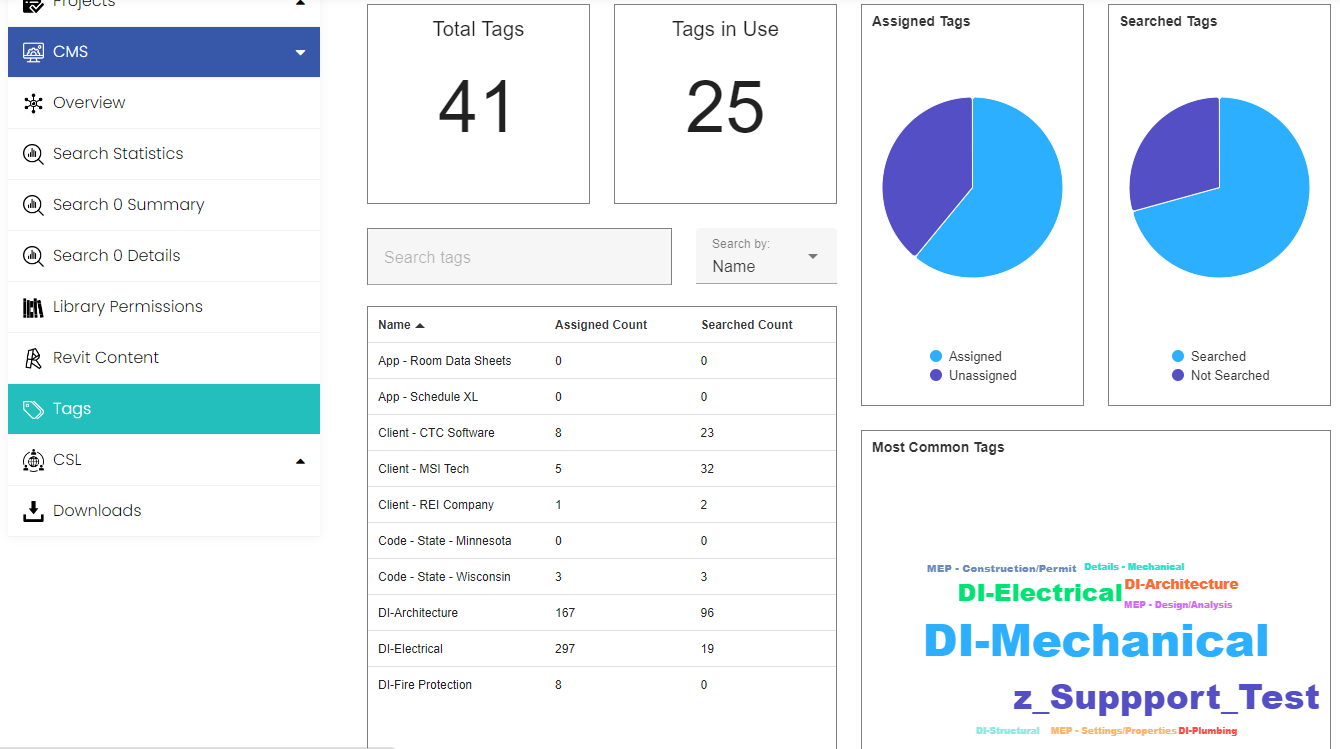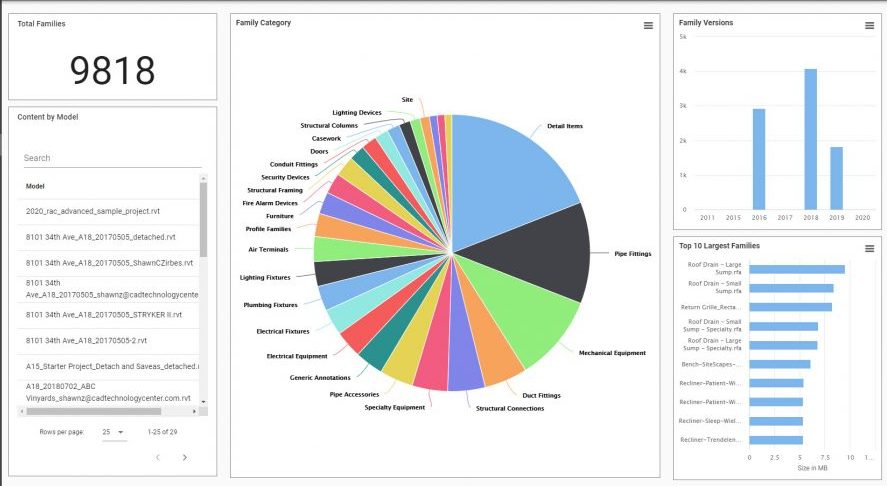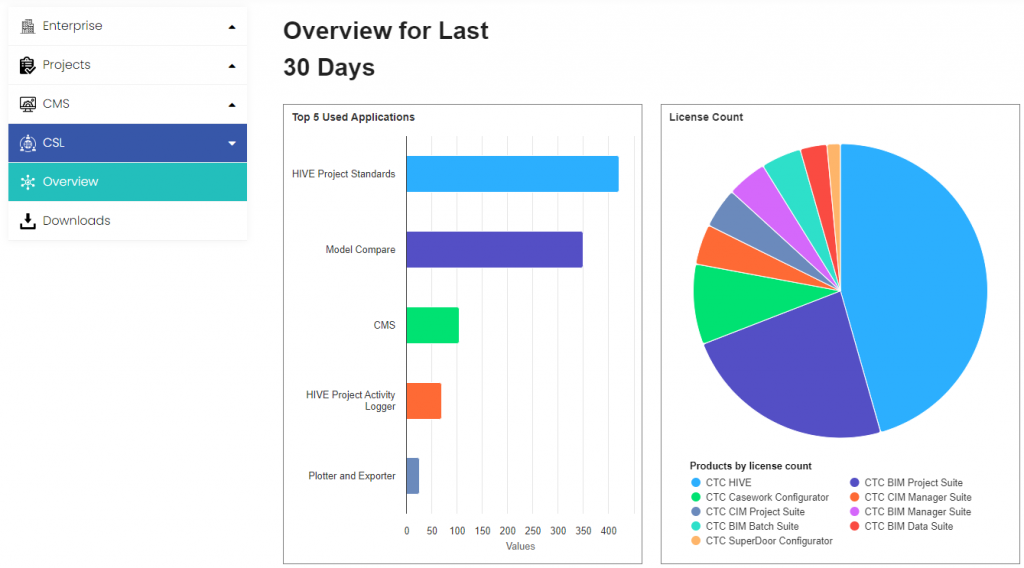Account Management
Description
The account management portal allows company administrators to generate and administer access to the Nexus Suite of tools. Administration can be done from any web-enabled device, allowing ease of access to important tasks from virtually anywhere.
The Pain Point
It is often inconvenient to be required to be at your desk, in front of your computer, to execute basic management tasks. Sometimes you may be out of the office, or standing at the user’s desk, and need to grant access to a toolset or portion of a toolset quickly.
Key Features
Group Management
There will often be times when access to libraries needs to be controlled consistently for multiple users. The group management web interface makes this process very easy.
User Management
Managing users is a process that can be entirely done via the web interface. Any company administrator can easily open the web page, add or edit a user and make group associations from anywhere there is an Internet connection.
Revit Model Analytics (Project)
Description
Nexus project analytics provides the ability to gain insight into model performance. This information is critical to a smooth-running project can make general model management significantly easier. When BIM management can be informed about every model on every project, they can make decisions earlier in the model development cycle to ensure optimal team performance.
The Pain Point
When project models/files have issues, project team members end up losing productivity. The more severe the issue, the longer teams are sitting around not being productive. This wasted time decreases design time, causes stress, and costs money. A crashing or poorly performing design model effects more than just the design team. BIM Managers often must stop valuable work elsewhere in the firm to put out fires and get the design team back into production.
Key Features
Live Performance
While users are working, the Nexus PAL analytics engine is logging file open and save speeds. This enables BIM Managers to understand real-time model performance of Models. Any file that appears to be getting drastically slower can be investigated more for the reason for the performance degradation.
Content Management and Browsing
Description
Users can leverage Nexus CMS to quickly search and find the exact content they require for use in their projects. When users can find what they need quickly and efficiently, they can be significantly more productive. Design models don’t grow in file size unnecessarily from too much loaded content which means project run more smoothly and can be more easily navigated.
The Pain Point
- Users can easily get lost or waste time in the nightmare of folder navigation
- Folder structure does not display critical file details, tags or metadata
- File name doesn’t distinguish which content is appropriate for use in projects
- Maintaining, updating and improving content libraries across multiple departments and locations can be tedious for BIM Management
Key Features
Design Application Specialization
Nexus CMS knows how to handle the needs of specialized design applications like Autodesk Revit and Civil 3D. This means that project specific views, custom data and special application commands can be leveraged from a single source. One-stop shopping for content makes CMS easy to implement, enabling users to work at their most efficient pace.
Search And Filter
The ability to search and filter by automatic file properties and content parameters makes content administration extremely easy. Since users will always get access to all parameters of a piece of content, they can search with confidence that desired content can always be found easily.
Tagging
Sometimes it is desirable to make content a little more searchable. Tagging can be used to add any extra piece of meta data to content to enable even better search results and faster searching by end users.
Search Result Meta-Data
As users find content, use it in their designs or open found documents, CMS will append their search criteria to enable faster content results in the future. This information is also useful for analyzing user search patterns to enable even better library and content management for CMS administrators.
Save Searches
Often users run the same searches. For searches that are a little more involved with specialized filters, users can save the search criteria to enabling even more productivity when using CMS to find desired content.
Content Details
So, you have found what you think you want. That is great, but if you want even more certainty, content details can be opened. All data stored in the content can then be additionally searched and investigated. This transparency in a single application is rare, but extremely valuable.
Drag/Drop Into Design Model
All above features are useless if users can’t instantly consume the content. CMS allows users to drag found content directly into their design application, or double click to use/open a file depending on context. This means users can search, investigate, and use content from a single source, efficiently and simply.
Efficient Revit Data Collection
No User Performance Impact
A tool that logs model performance should not negatively impact the actual user performance. As soon as a user thinks a tool is slowing them down, they typically work to uninstall it. The Project Analytics toolset does not impact the user’s performance. It does run silently in the background, but it works so efficiently that users will never know it is there unless BIM Managers inform them.
Dashboards
The Enterprise Users Dashboard
This dashboard helps managers quickly understand user activity in Nexus. Knowing where your users are assigned, and how active they are can help managers understand where user training and coaching may need to occur. This can also be a great starting point to understand licensing of Nexus across the firm.
The Project Overview Dashboard
Insight into corporate projects can assist BIM Managers in decision making. Is there an outlier project that has grown unexpectedly in size? Which models are opening very slowly? Is there a project very close to deadline? Knowing this helps us allocate our time to ensure the BIM environment runs smoothly
The Model Performance Dashboard
When you need to dig deep into project performance issues, the most important things to know immediately is open time, save time and warning counts. After that, we can begin to understand which specific models need attention, and perhaps even what we may need to do. These 3 metrics can be easy early indicators of issues that may occur in a model. Knowing this as a BIM Manager makes it easy to act before the users are sitting stagnant because the model has already crashed.
The CMS Overview Dashboard
When managing your libraries, it is a good plan to get a general understanding of who is there. This overview dashboard provides some general numbers about how many libraries, tags, pieces of content and favorites exist in your organization. The other CMS reports provide more insight into these baseline metrics.
The Search Statistics Dashboard
How is content being searched? How are users navigating? When are they using the CMS? This dashboard provides all the insights about general searching within the Nexus CMS. Isolate users and see their specific interactions with the content. Understanding this can often lead to improvements in content, making the users even more pleased with the browsing experience.
The Revit Content Dashboard
How is Revit content spread across your firm? Do we really know how large our family content is, and where it is being used? This dashboard explains just that. Understand version and category breakdowns. Dig into recent models to understand what families have been placed from CMS and to derive what families have not been placed from CMS.
Licensing Analytics
If you enjoy the convenience and flexibility of CTC’s Cloud Shared Licensing for your CTC Tools, you’ll find some extremely useful metrics on the Licensing dashboards. Important data such as Top products your firm uses, the balance of licenses available for each licensed product, total hours used for each product and which users rely on CTC tools the most.
Revit Family Quality
Revit Family Checker
The Revit Family Checker has long been a staple tool in the CTC BIM Manager Suite. All of that power has now been added to Nexus. With CMS libraries, thousands of families can be analyzed in the cloud while you work. Use our out-of-the-box rules we’ve provided preconfigured for you and define some of your company standards to check as well. Then, select a library and run a check. You’ll get a downloadable report of how well each family meets the criteria.
Quick Start to Quality
CTC has provided some very sensible criteria based on many years of industry BIM experience. In addition, companies can define important criteria to include:
- Parameter Standards
- File Size
- Sub-Category Standards
- Reference Plane Standards
The CTC Family Standard Ratings have been detailed in the Online Guide here.
Analysis Report
Each family is identified by ID in the spreadsheet report which contains the scores for each criteria based on a rating from 1 to 5 (5 is best). This report can be used to easily locate the family in the CMS using the ID search as well as fed into any popular business intelligence visualization tool such as Databox, Domo, Power BI and Tableau.




